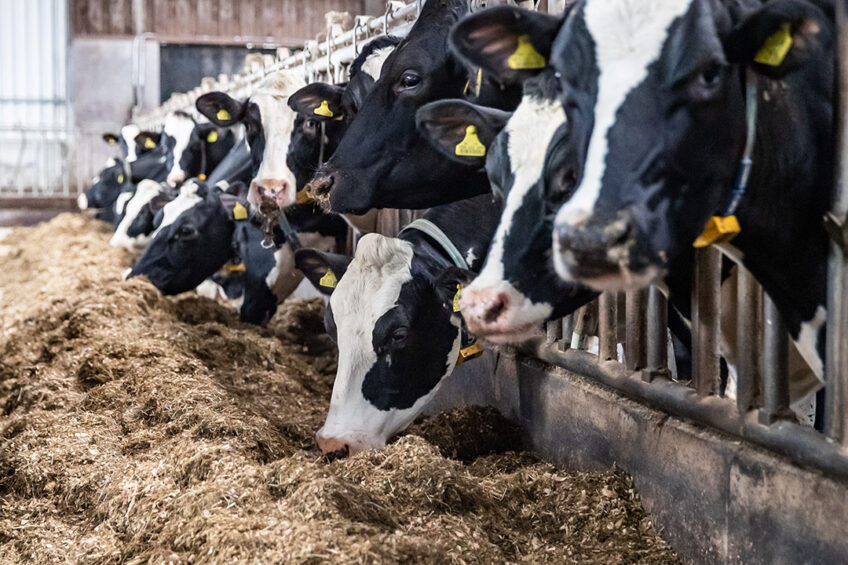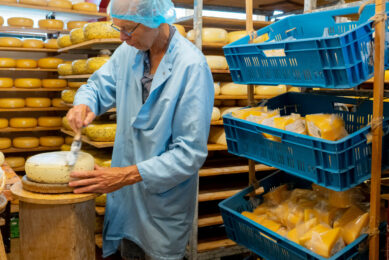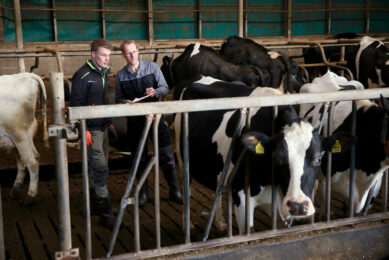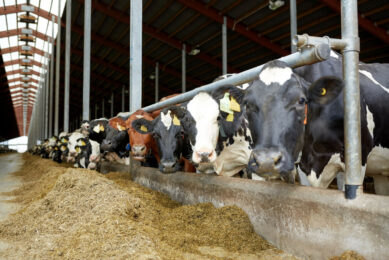Diminishing Russian dairy cattle breeds

A plummet in numbers of Russian breeds of cattle could be escalating, Lyubov Kalashnikova, the head of the laboratory of the All-Russian Research Institute of Breeding, outlined during an industry conference in Ufa.
The Bestuzhev breed is among the first in terms of numbers plummeting, Kalashnikova said, calculating that currently there are only 5,000 of the Bestuzhev breed in the country, including 1,000 purebred. Kholmogory is under a similar threat as the total Russian population of this breed currently stands at 54,000 heads, of which only 1,000 can be considered purebred.
Indigenous breeds dominated the Russian dairy industry during the Soviet times but have been gradually replaced since the early 1990s. In the last few years, a growing number of farms have been switching to breeding Holstein cows. Holstein cows remains the country’s most widespread breed of dairy cows.
Russian breeds are considered to have lower production performance compared to the most popular breeds of dairy cows.
Gene pool conservation
According to Kalashnikova, Russian authorities should put together a strategy to make sure that Russian breeds are not diminishing.
“It is necessary to approve a list [of endangered breeds] in order to acknowledge that all 13 breeds of dairy cattle are in the danger zone,” Kalashnikova said, adding that similar measures are required in the pig and beef industry where Russian breeds are also under threat of extinction.
The comprehensive strategy should envisage establishing ‘gene pools’, and special farms should be launched to preserve them.
“We need a systematic approach. To begin with, [to find out] what is now available, multiply it and then think about improving [the production performance],” she said, adding that in Russian provinces, it is necessary to create a commission that “will go to farms and select animals for their conservation and reproduction”.
Dairy genetics under scrutiny
During the past year, several market players in Russia urged authorities to consider steps to achieve self-sufficiency in genetics in the dairy industry, citing that dependence on imports from western countries should be seriously considered in the context of growing sanction pressure.
In 2022, the Russian Agricultural Ministry embarked on a programme designed to strengthen the genetic potential of the Russian dairy herd. It should “improve existing breeds and find genomic markers associated with dairy productivity and health status”. The Ministry plans to spend 181 million roubles (US$2.5 million) per year through 2030 on this.
Join 13,000+ subscribers
Subscribe to our newsletter to stay updated about all the need-to-know content in the dairy sector, two times a week.










